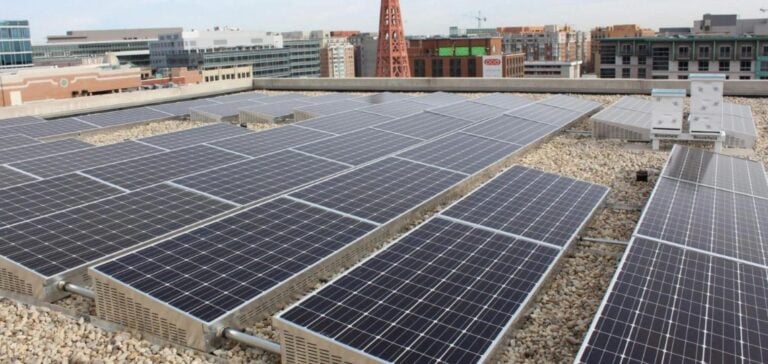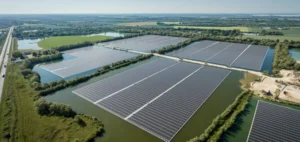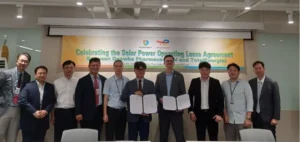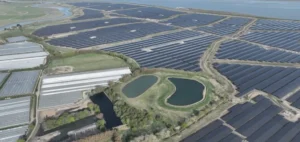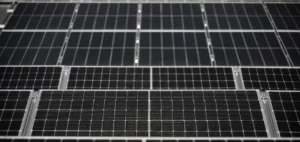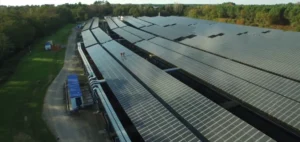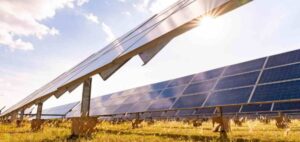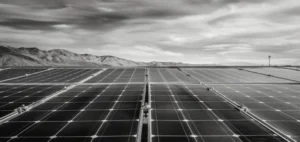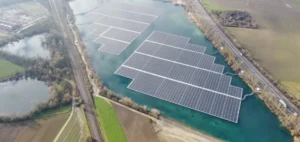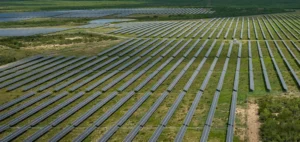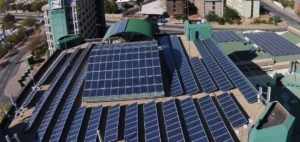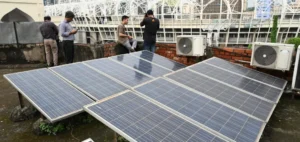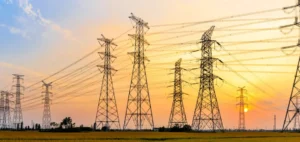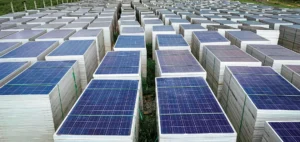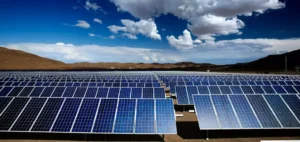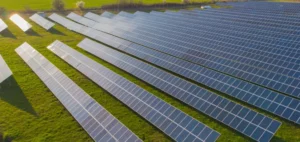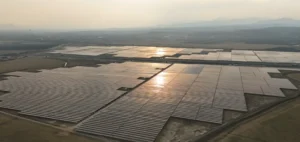The U.S. community solar market is booming, fueled by a favorable legislative framework and financial incentives.
According to a recent analysis by Wood Mackenzie, in partnership with the Coalition for Community Solar Access (CCSA), the market is expected to reach a cumulative capacity of 14 gigawatts direct current (GWdc) by 2029.
This growth, while promising, comes up against obstacles linked to the saturation of existing markets, prompting players in the sector to turn to opening up new state markets.
Current Growth and Future Challenges
States that have already adopted community solar programs continue to see sustained development, thanks to robust project pipelines.
However, saturation in these markets is beginning to limit long-term growth potential.
Wood Mackenzie forecasts that, despite average annual growth of 5% to 2026, the market could contract by an average of 11% between 2026 and 2029.
To maintain positive momentum, it will be essential to expand existing programs and establish new markets in previously unserved states.
Impact of Regulatory Decisions
The recent May 2024 decision in California, which reduced the national growth outlook for the next five years by 14%, underlines the importance of regulatory decisions on the future of the community solar market.
This reduction is explained by the absence of California, a potentially major market, from the growth forecasts.
The development of new markets, particularly in states such as Ohio, Pennsylvania, Michigan and Wisconsin, is thus becoming crucial to offset this decline and diversify opportunities.
Growth Scenarios
Wood Mackenzie’s analysis considers different scenarios for the next five years.
In an optimistic scenario, where existing markets continue to grow unhindered, prospects would increase by 21%.
On the other hand, a more pessimistic scenario could result in a 20% reduction in outlook.
It is important to note that these forecasts do not include the potential impact of the creation of new markets, which could considerably alter the dynamics of the sector.
The role of federal incentives
Federal incentives, such as those provided by the Inflation Reduction Act, play a key role in the expansion of the community solar market.
However, their implementation poses challenges, particularly in terms of administrative complexity.
Market players have to navigate an ever-changing legislative and regulatory environment to maximize the benefits offered by these incentives.
The $7 billion “Solar for All” fund, announced in April 2024, could also play a key role in enabling expansion in states where community solar programs are not yet established.
Focus on low-income subscribers
The development of community solar does not stop at simply increasing installed capacity.
Particular attention is being paid to low- and moderate-income (LMI) subscribers.
By 2029, some 3.6 GWdc of community solar should be dedicated to this category of subscribers, compared with 829 MWdc in the first quarter of 2024.
This growth is being driven by specific incentives, such as the LMI tax credit, as well as evolving requirements at state level.
The future of the U.S. community solar market lies in a combination of expansion strategies in mature markets and the development of new state markets.
Federal incentives and programs dedicated to low-income subscribers will play a crucial role in achieving the capacity targets set for 2029.
However, the success of these initiatives will depend on the ability of industry players to adapt to legislative changes and optimize their operations in an increasingly competitive environment.

